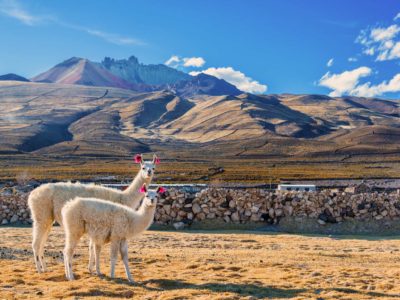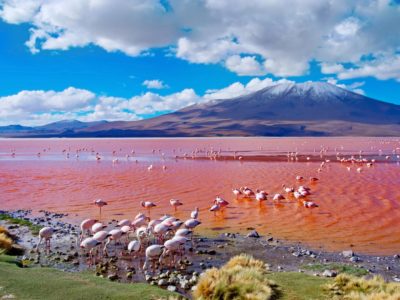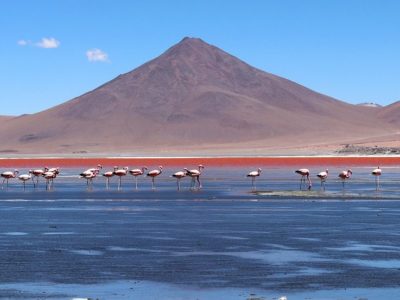From the world’s highest navigable lake to its unique gemstone, Bolivia is a country that never ceases to amaze. Its fascinating mix of indigenous and colonial heritage, breathtaking landscapes, and vibrant cities make it a must-visit destination in South America. Today, we will dive into 24 fascinating facts about Bolivia, revealing its rich culture, history, and natural wonders that truly make it stand out!
Table of Contents
Fun Facts About Bolivia
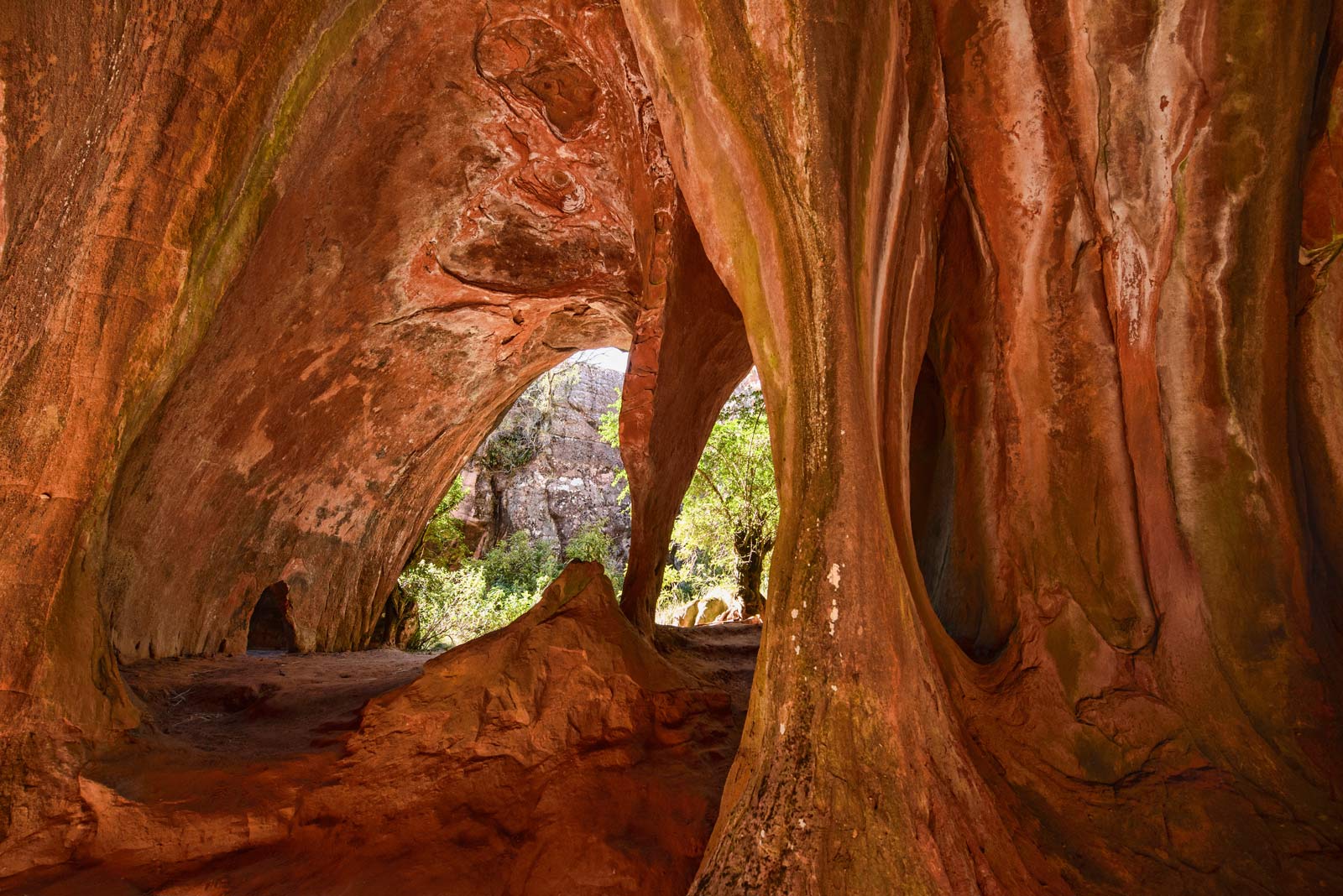
Are you ready to discover Bolivia’s vibrant culture, language diversity, and unique wildlife? Read on to uncover the legacy of Simon Bolivar and explore pre-colonial sites like UNESCO World Heritage Sites & Salar de Uyuni. Get a glimpse into traditional customs with Cholita Wrestling & experience high-altitude living in El Alto!
1. Bolivia’s Linguistic Diversity
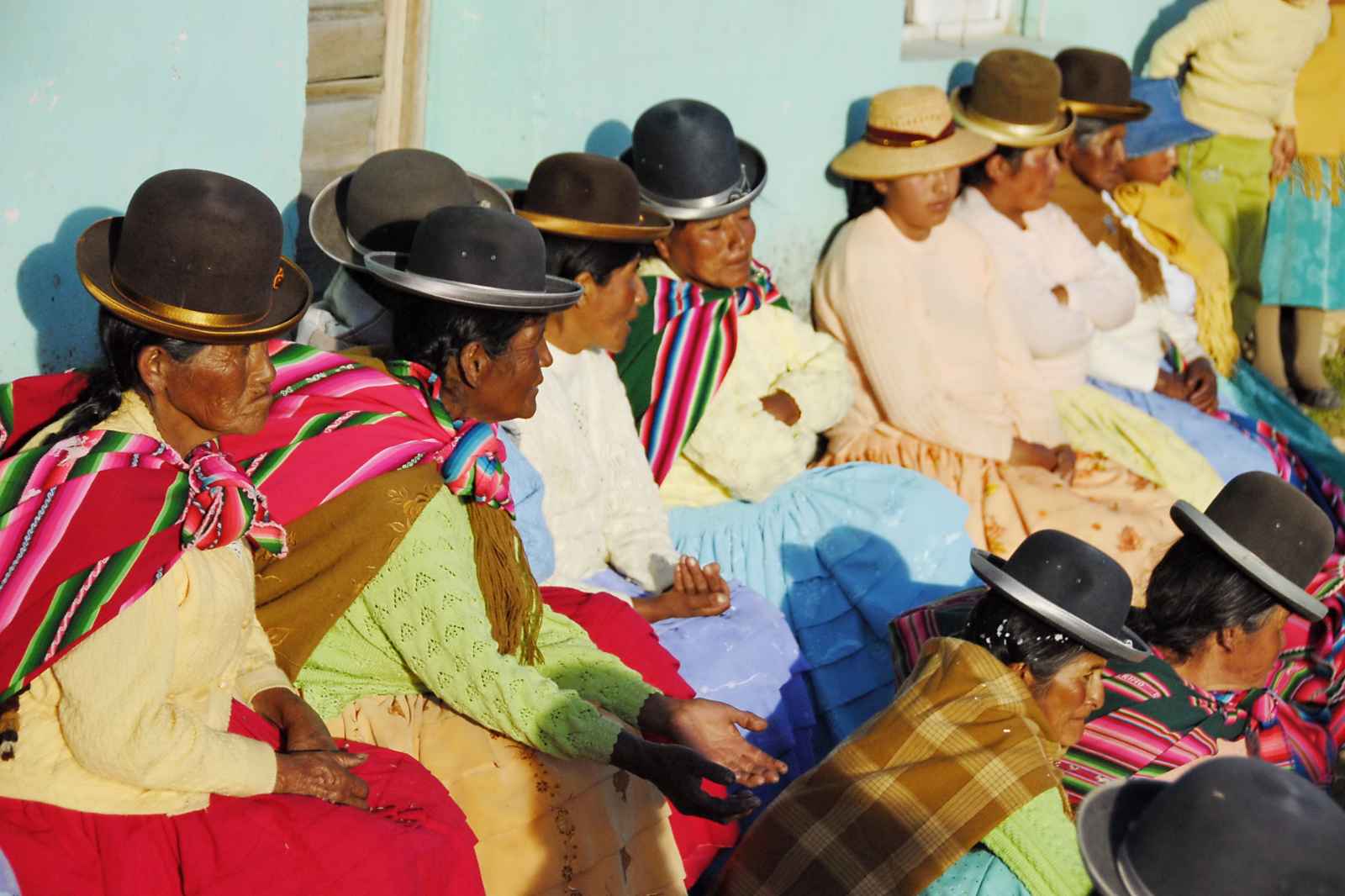
Bolivia is a melting pot of languages, with over 30 spoken across the country, reflecting its rich cultural diversity. Spanish is the most widely spoken language, but indigenous languages like Quechua and Aymara are also prevalent, showcasing the country’s deep-rooted heritage.
Quechua, for instance, is the most popular of the indigenous languages, playing a significant role in Bolivia’s cultural identity.
2. Dual Capitals of Bolivia
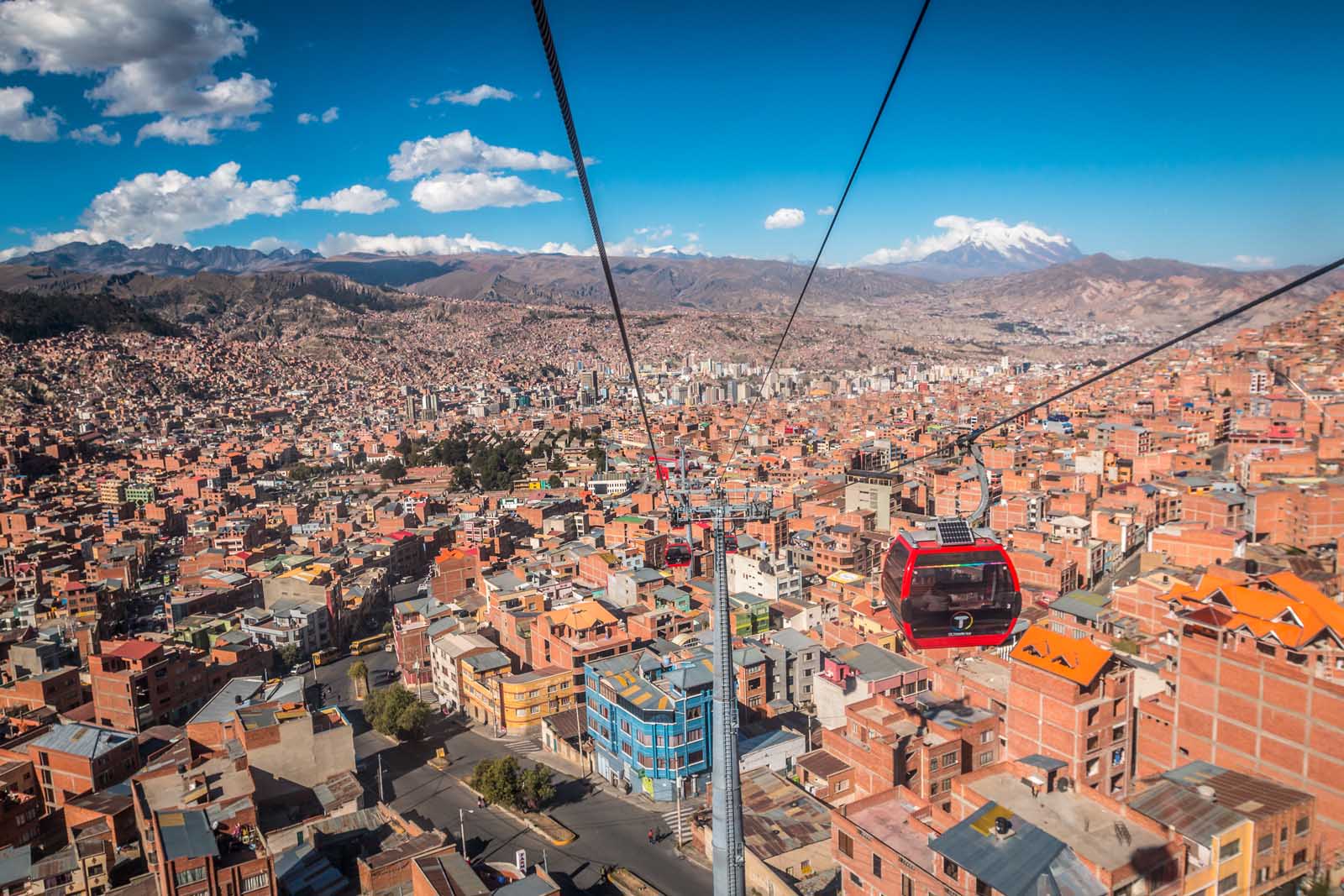
Did you know that Bolivia has not one, but two capitals? Sucre, Bolivia’s official capital, is home to the Supreme Court of Justice, while La Paz serves as the administrative capital and government and finance center.
Bolivia’s unique dual capital system is just one of the many fascinating Bolivia facts that make this landlocked country, Bolivia, so intriguing in South America.
3. The High-Altitude Lake Titicaca
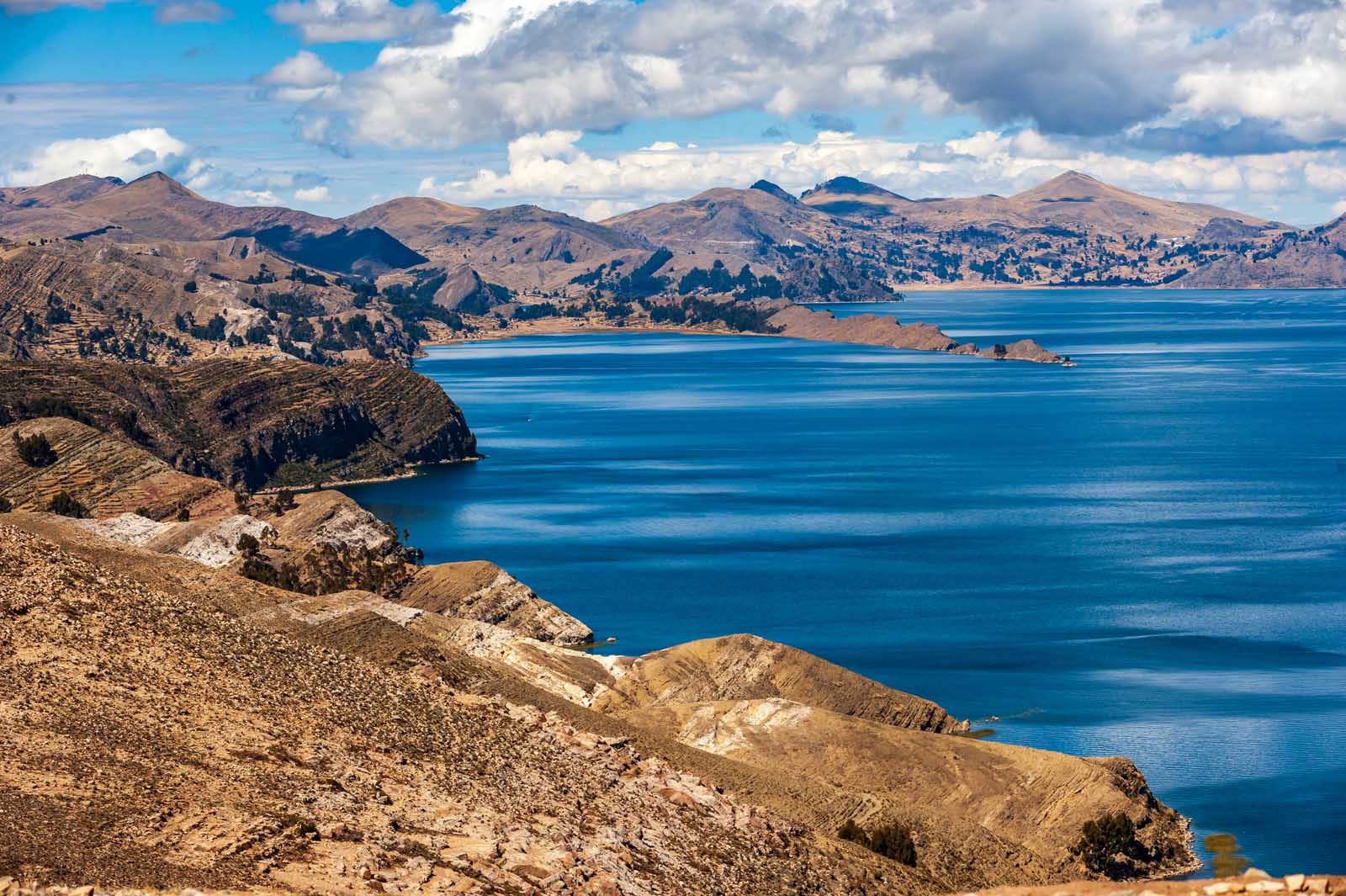
Nestled in the Andes Mountains, Lake Titicaca holds the title of the world’s highest navigable lake, sitting at a breathtaking altitude of 12,382 feet. The mesmerizing lake, which straddles the border between Bolivia and Peru, offers unparalleled views and a glimpse into the lives of the indigenous communities living in the high Andes.
The lake is home to a variety of unique species, including the giant frog, which can be found in the lake.
4. Indigenous Heritage and Culture
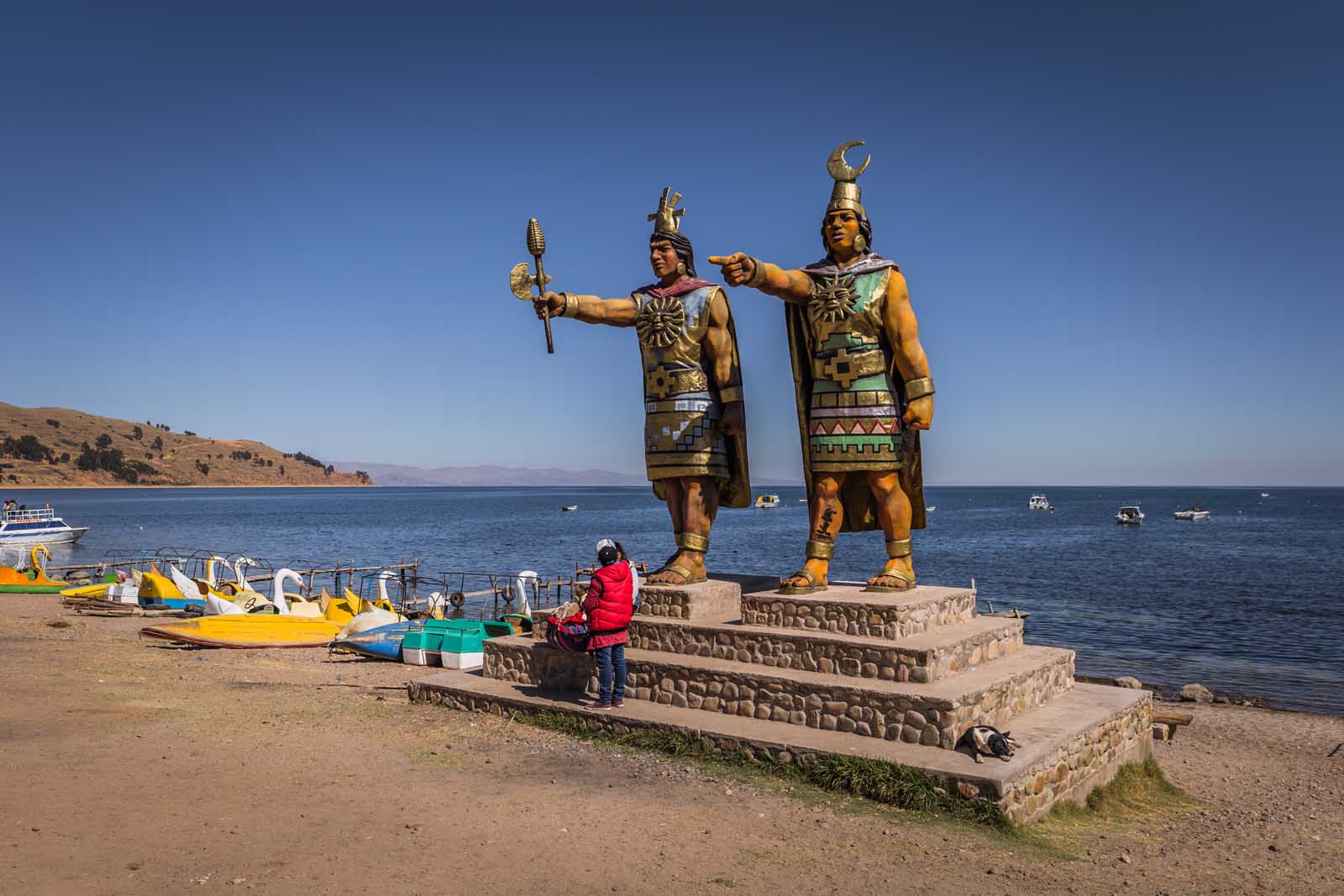
Bolivia proudly boasts the highest percentage of indigenous people in Latin America, with approximately 55% of its population having indigenous roots. This strong connection to their heritage has allowed the preservation of a rich cultural tapestry, showcasing the customs, languages, and traditions that have been passed down through generations.
The country is home to 36 different ethnic groups, each with its own unique customs and beliefs.
5. Bolivia’s Unique Gemstone: Ametrine
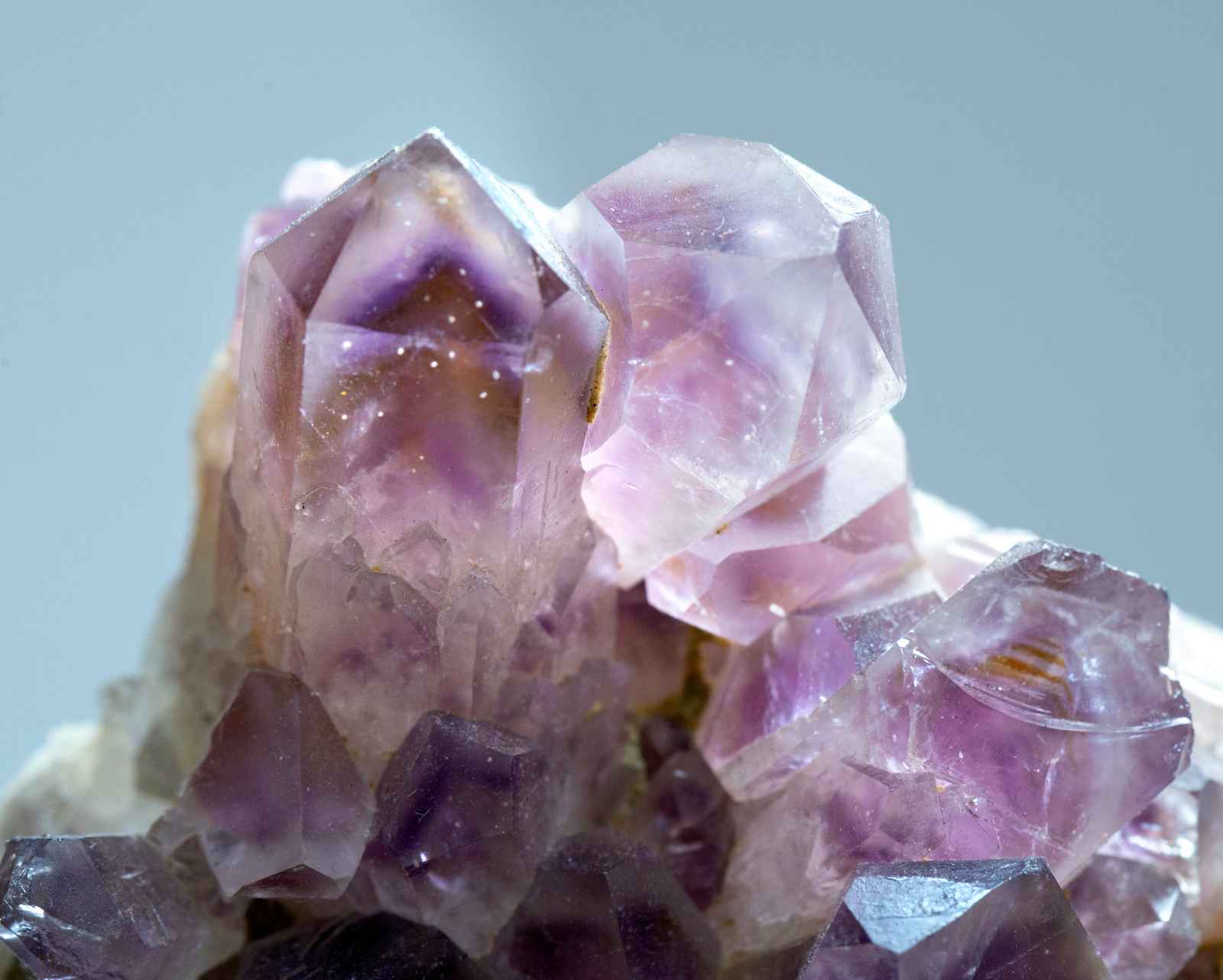
Ametrine, a stunning gemstone made from a mix of citrine and amethyst, is uniquely found in Bolivia. The Anah mine in Santa Cruz is the only known source of ametrine on the planet. This rare and beautiful gem has even adorned the likes of Princess Michiko of Japan, Queen Sofia of Spain, and actress Salma Hayek.
Ametrine is highly sought after for its unique color combination and its rarity. It is.
6. Life in the Andes Mountains
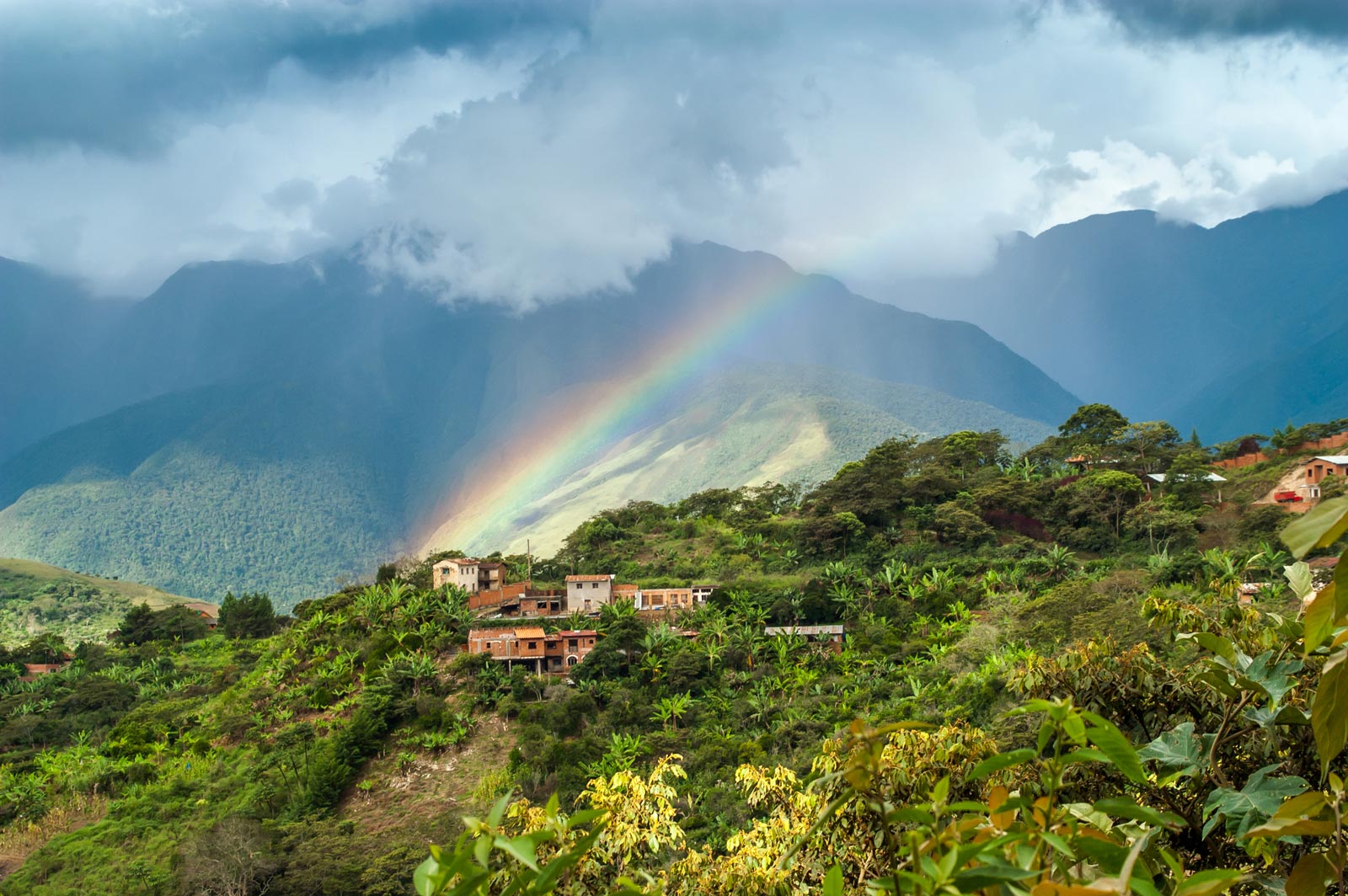
The Andes Mountains dominate Bolivia’s landscape, with most major cities located in this region. At an average elevation of 1,192 meters (3,910 feet), the country offers a unique high-altitude living experience.
The Andes region is also home to several UNESCO World Heritage sites, showcasing the rich cultural heritage and diverse animal and plant life that thrive in this environment.
7. The Legacy of Simon Bolivar
Bolivia’s very name pays homage to the influential political leader, Simon Bolivar, who played a pivotal role in liberating five countries from Spanish rule. Bolivar’s legacy is not only preserved in the country’s name, but also through numerous monuments and landmarks that honor his incredible contributions.
These monuments and landmarks are scattered throughout the country, from the capital city of La Paz to the capital city of La Paz.
8. A Glimpse of Pre-Colonial Bolivia

Before the arrival of the Spanish, Bolivia was home to advanced pre-Columbian civilizations, such as the Tiwanaku and the Inca Empire. The high Bolivian plateau, known as the Altiplano, was already settled by indigenous societies, providing a fascinating glimpse into the country’s pre-colonial history.
9. Traditional Bolivian Attire: The Pollera Skirt
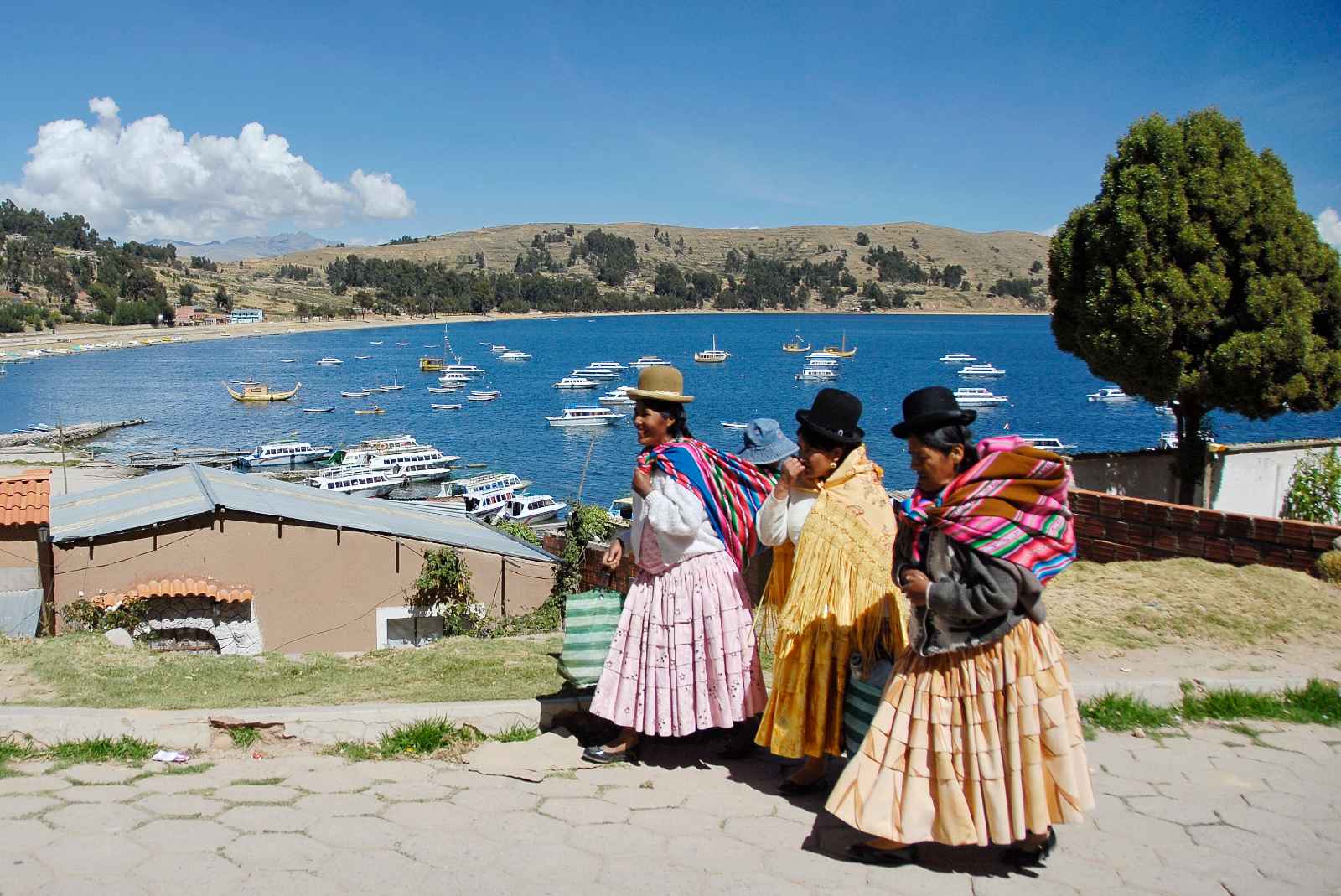
Symbolizing the historical repression of indigenous women, the Pollera skirt is a traditional Bolivian attire that continues to be worn today. The outfit consists of:
- A colorful, multi-layered skirt
- A lacey or embroidered blouse
- A shawl
- A Panama hat
This ensemble reflects the country’s rich cultural heritage. The Pollera skirt is a powerful symbol of resilience and strength, representing the courage of indigenous people.
10. Biodiversity and Protected Areas
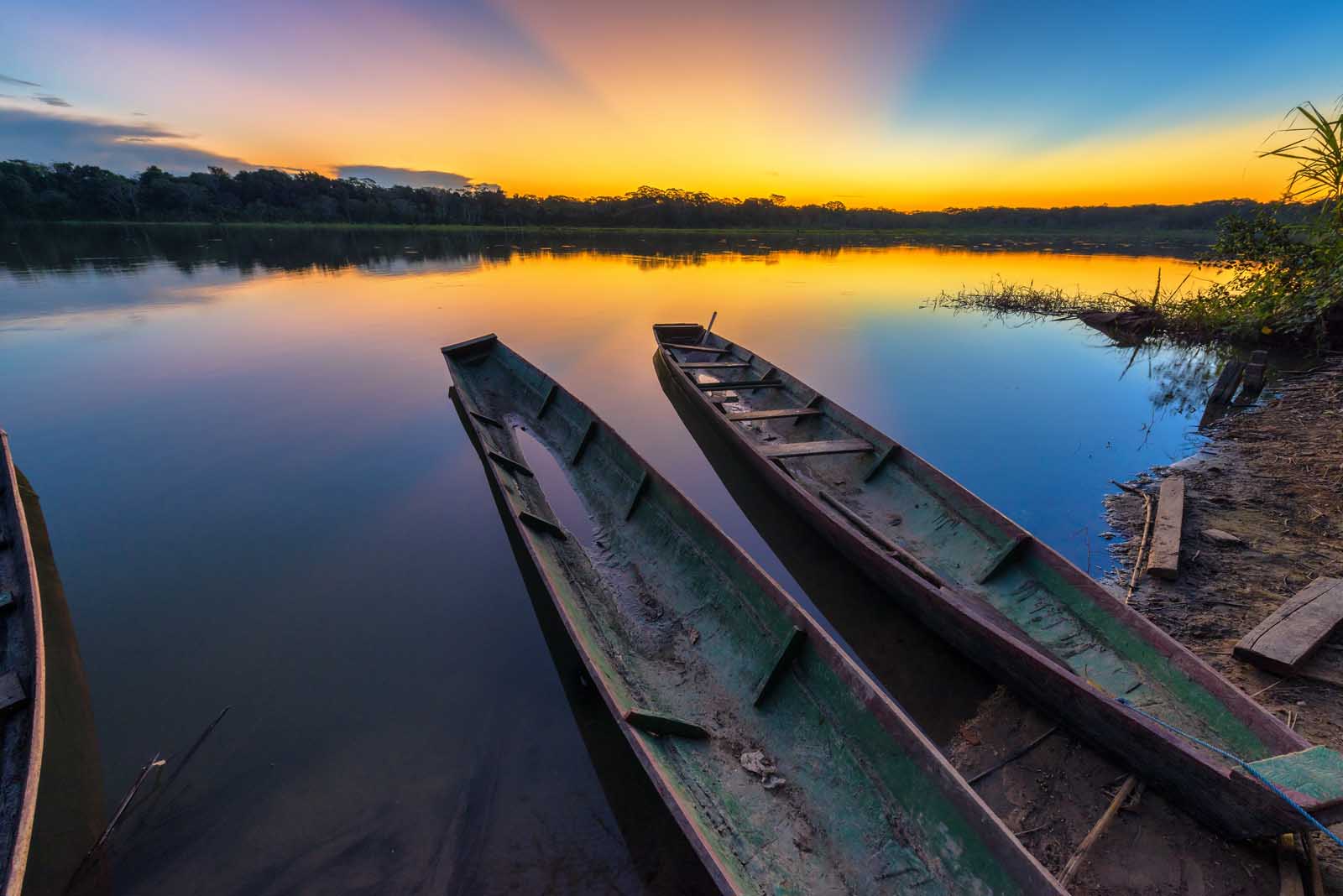
Bolivia is home to an impressive range of ecosystems and protected areas, such as the Madidi National Park, one of the largest in the world. The park is a haven for biodiversity, housing 272 mammals and approximately 14% of the world’s bird species.
Madidi National Park is a National Park. Park is a great example of the importance of conservation and the need to protect it.
11. The Meaning Behind Bolivia’s Flag Colors
The colors of The Bolivian flag with its three colors hold deep significance, representing the country’s history and resources. The colors are:
- The red stripe symbolizes the blood spilled by soldiers in the struggle for freedom
- The yellow represents the nation’s mineral wealth
- Green stands for the fertility of the land and its agriculture.
These colors are a reminder of the country’s past and its potential for the future.
12. Family Values in Bolivian Culture
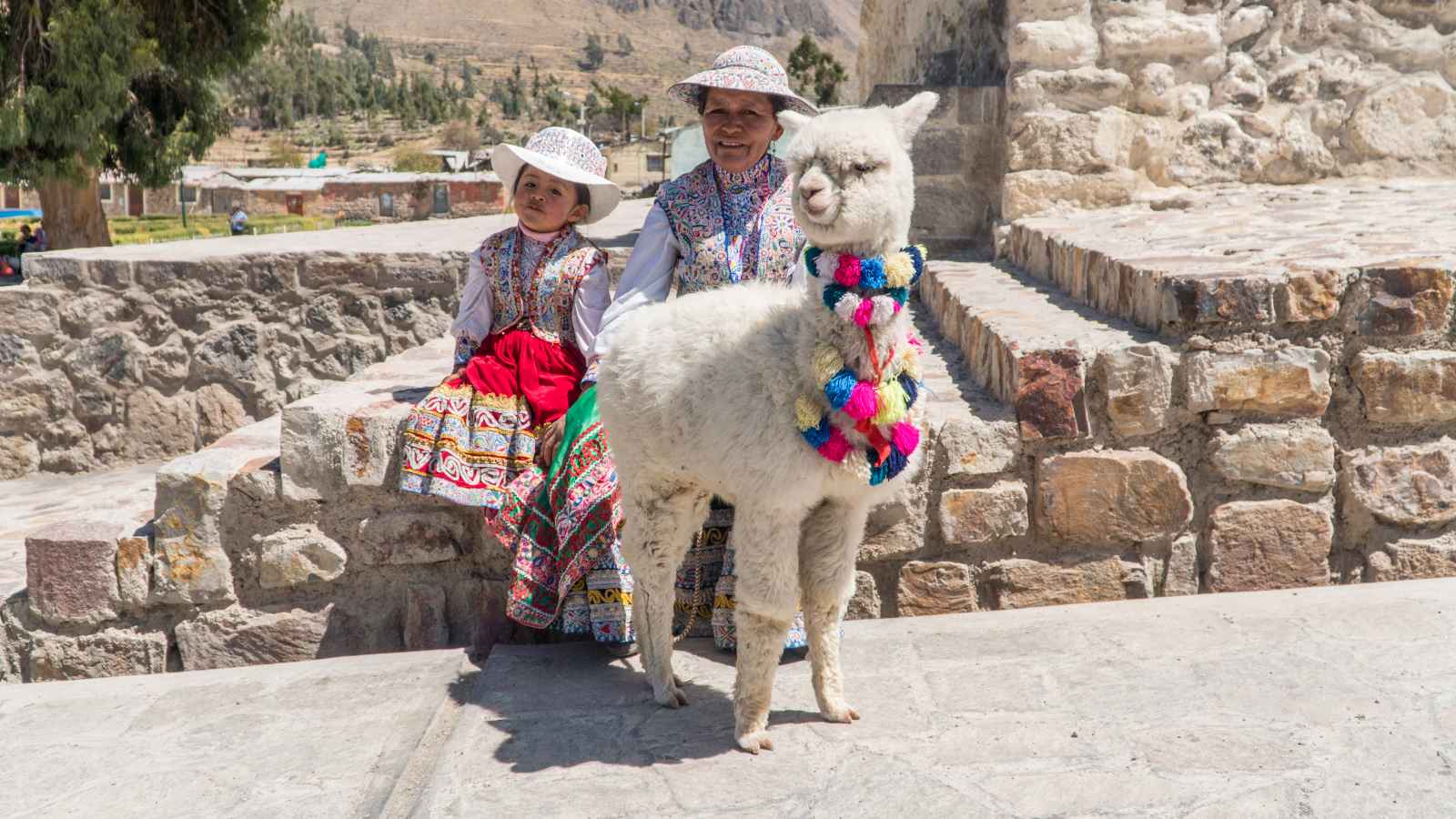
Family plays a crucial role in Bolivian culture, with extended families often living together, especially in rural areas. The close-knit, family-oriented nature of Bolivian society is a testament to the strong bond between generations and the importance placed on maintaining traditions and values.
Family is seen as the cornerstone of Bolivian culture, with many families living together in Bolivia.
13. High Altitude Living in South America
As the highest and most isolated country in South America, Bolivia offers unique high-altitude experiences. El Alto, the highest city in the region, is located at an astonishing elevation of 13,615 feet (4,150 meters), providing breathtaking views of the surrounding landscape.
The city is home to a vibrant culture, with a mix of traditional and modern influences.
14. Unique Wildlife: Pink Dolphins and Butterfly Sanctuaries
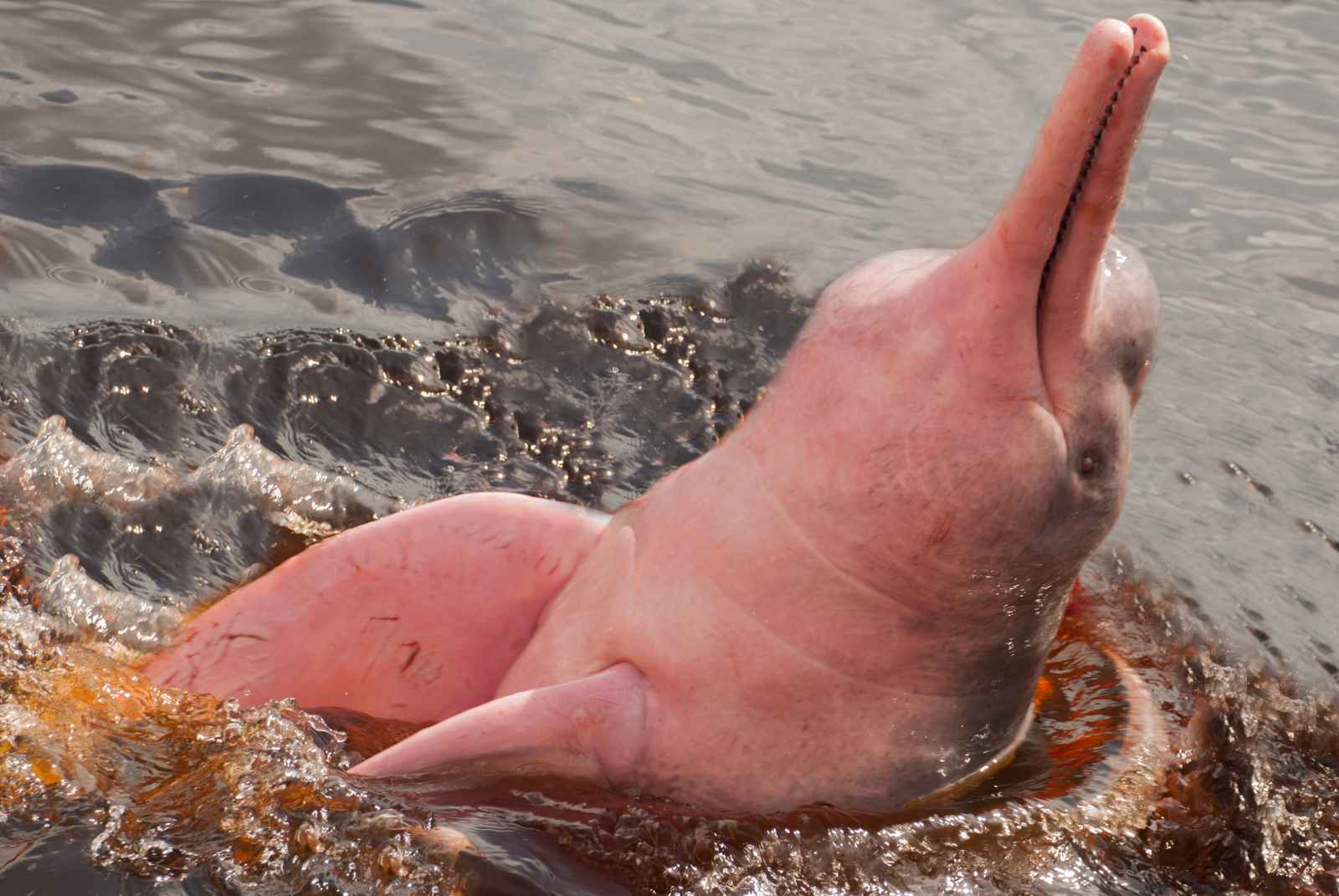
Bolivia is home to unique wildlife, including the beautiful pink Bolivian river dolphins that inhabit the Amazon basin’s waterways. The country also boasts one of the world’s largest butterfly sanctuaries, spanning 24 hectares and hosting over 1,000 species of butterflies, offering a fascinating glimpse into Bolivia’s diverse animal and plant life.
This sanctuary is a great opportunity to observe the incredible biodiversity of Bolivia and to learn more.
15. The Wonder of Salar de Uyuni
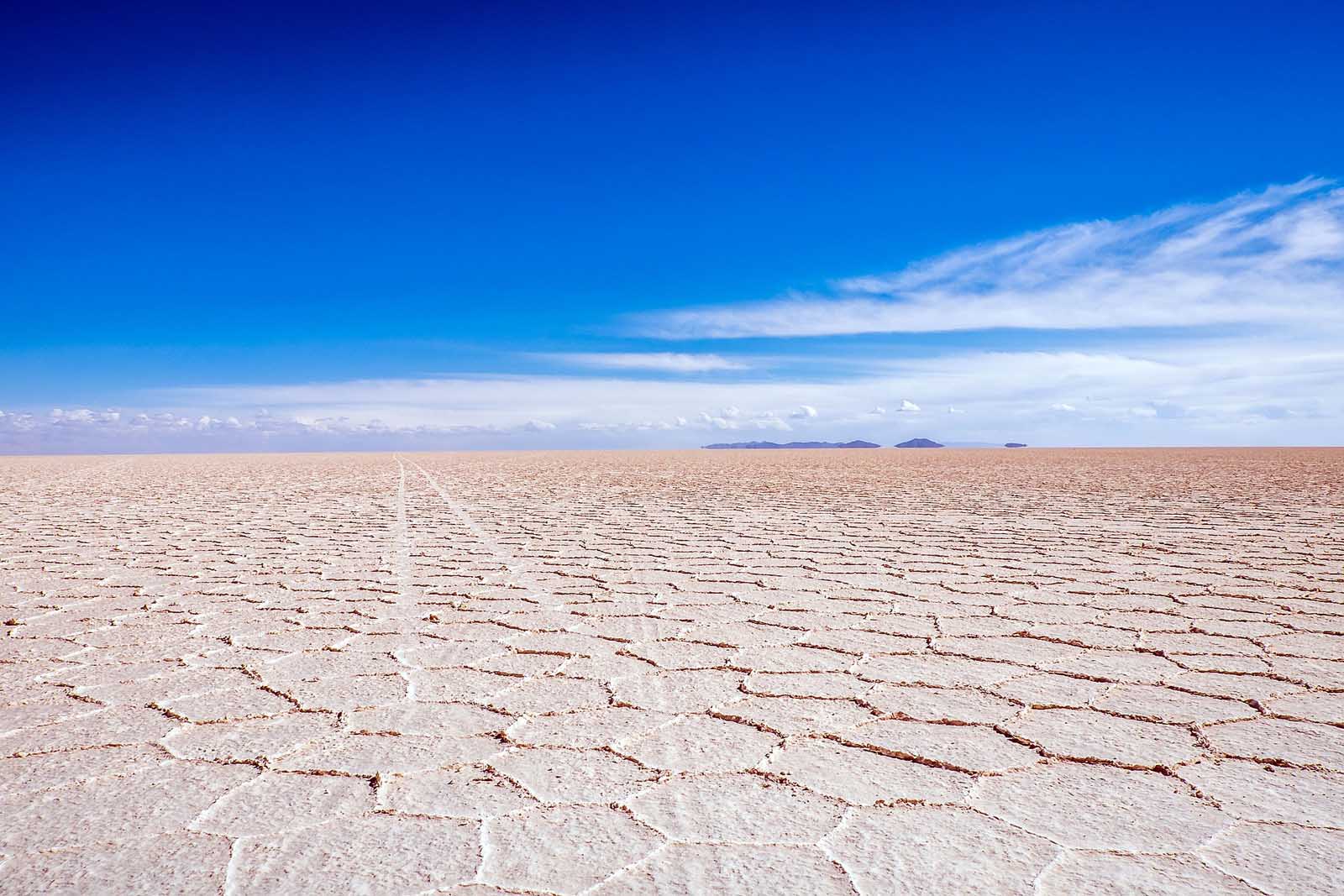
The world’s largest salt flat, Salar de Uyuni, is a popular tourist destination in Bolivia and a must-see attraction. During the wet season, a thin layer of water on the salt flat creates the world’s largest natural mirror, offering a truly unique and breathtaking experience.
16. Cholita Wrestling: A Bolivian Tradition
Cholita wrestling is a unique Bolivian sport performed by indigenous women, symbolizing female empowerment. The wrestlers, dressed in traditional attire, showcase their strength and skill in a display of athleticism and cultural pride.
It is a form of entertainment that has been around for centuries and is still popular today.
17. Death Road: Bolivia’s Most Dangerous Route
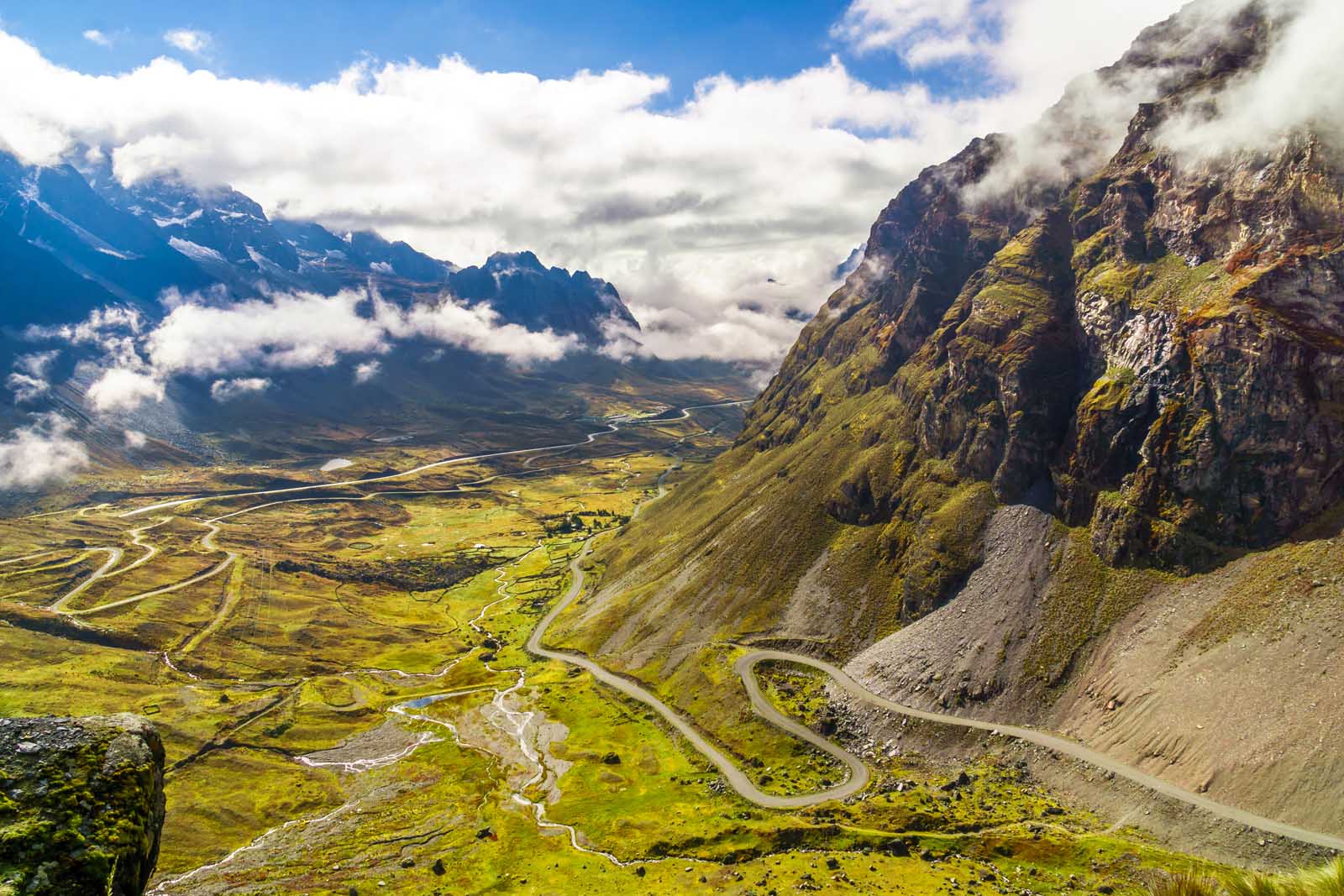
The North Yungas Road, also known as Death Road, is a notoriously dangerous route linking La Paz to Coroico. Despite its treacherous reputation, the road has become a popular destination for guided bike tours, offering thrill-seekers the chance to navigate the dangerous path.
The road is renowned for its steep drops, narrow width, and lack of guardrails.
18. Culinary Delights: Guinea Pig and Other Traditional Foods
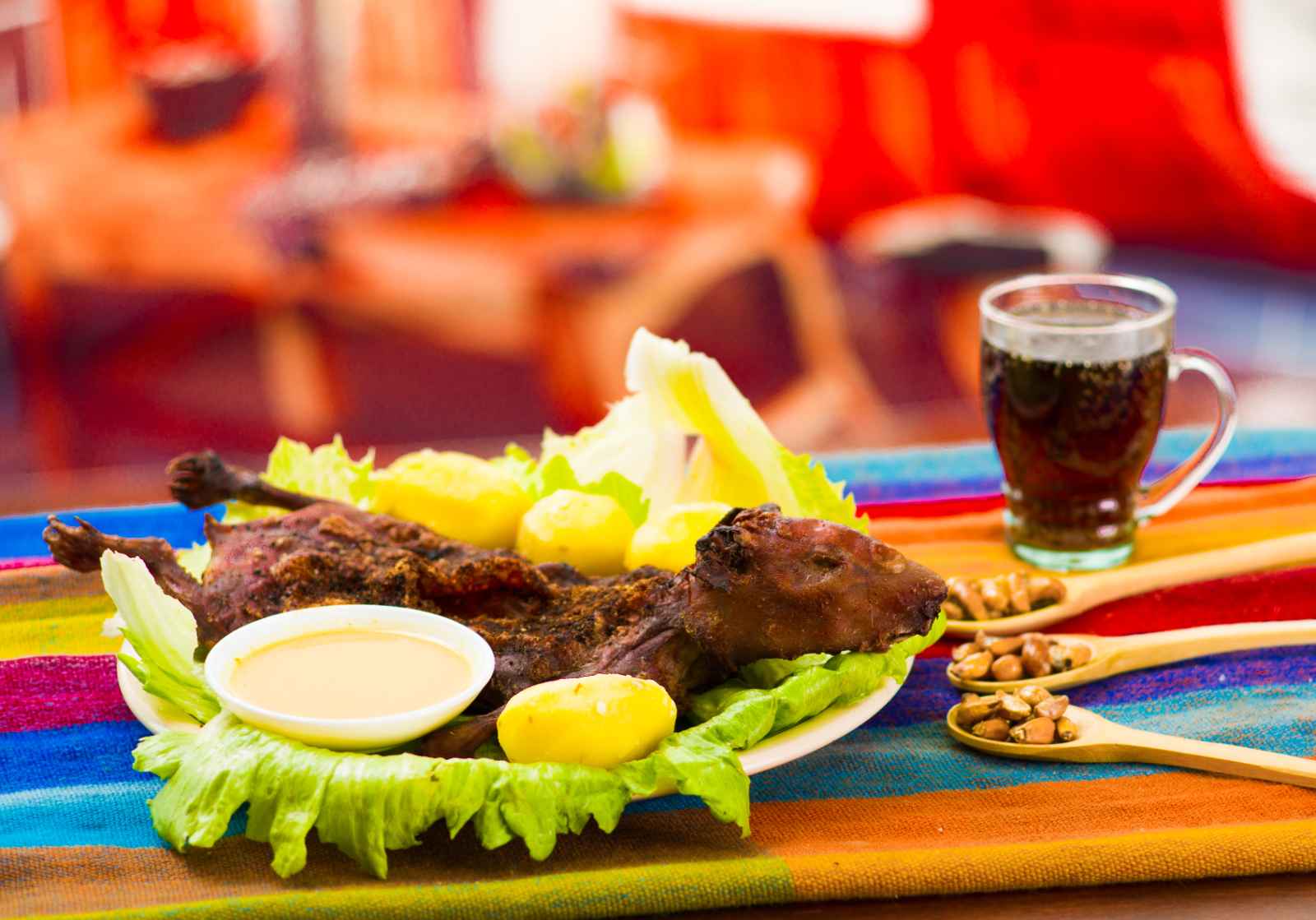
Bolivian cuisine is a delicious mix of traditional and modern flavors. Some popular dishes include:
- Guinea pig, a traditional meat
- Saltenas, a type of savory pastry filled with meat, vegetables, and spices
- Majadito, a rice dish cooked with meat, vegetables, and spices
These diverse dishes showcase the country’s rich culinary heritage. These dishes are often prepared with locally sourced ingredients, such as potatoes, corn, and vegetables.
19. The Infamous San Pedro Prison
Once a famous landmark in La Paz, San Pedro Prison was closed to tourists due to violence against visitors. The prison, which operated as a walled society with its shops and restaurants, gained notoriety for its infamous history and unique internal economy.
It was known for its corrupt guards, drug trafficking, and violence. Inmates were able to get into prison.
20. Palacio de Sal: A Hotel Made of Salt
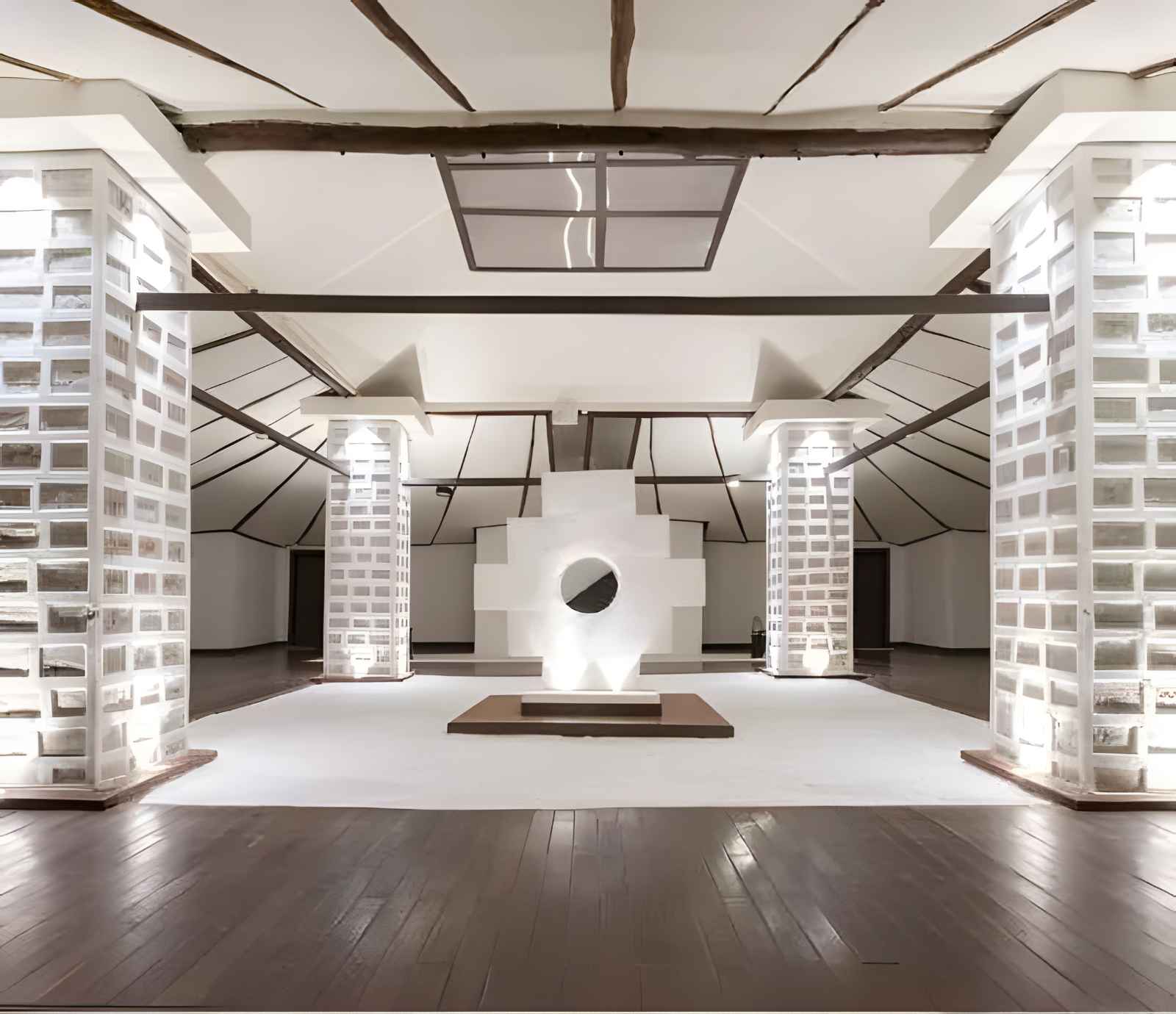
The Palacio de Sal, a unique hotel made entirely of salt, is located near the famous Salar de Uyuni. This one-of-a-kind accommodation features salt sculptures, furnishings, and even a spa, providing a truly unforgettable experience for visitors.
The hotel is constructed from blocks of salt, which are then carved and sculpted into the desired shape.
21. Zebras Promoting Road Safety in La Paz
In La Paz, people dressed as zebras help children cross the road and promote road safety. This creative initiative, known as the Zebra Project, has been recognized by UNESCO for its contribution to citizen culture development.
The project has been running since 2009 and has been credited with reducing the number of road accidents involving road users.
22. Exploring UNESCO World Heritage Sites in Bolivia
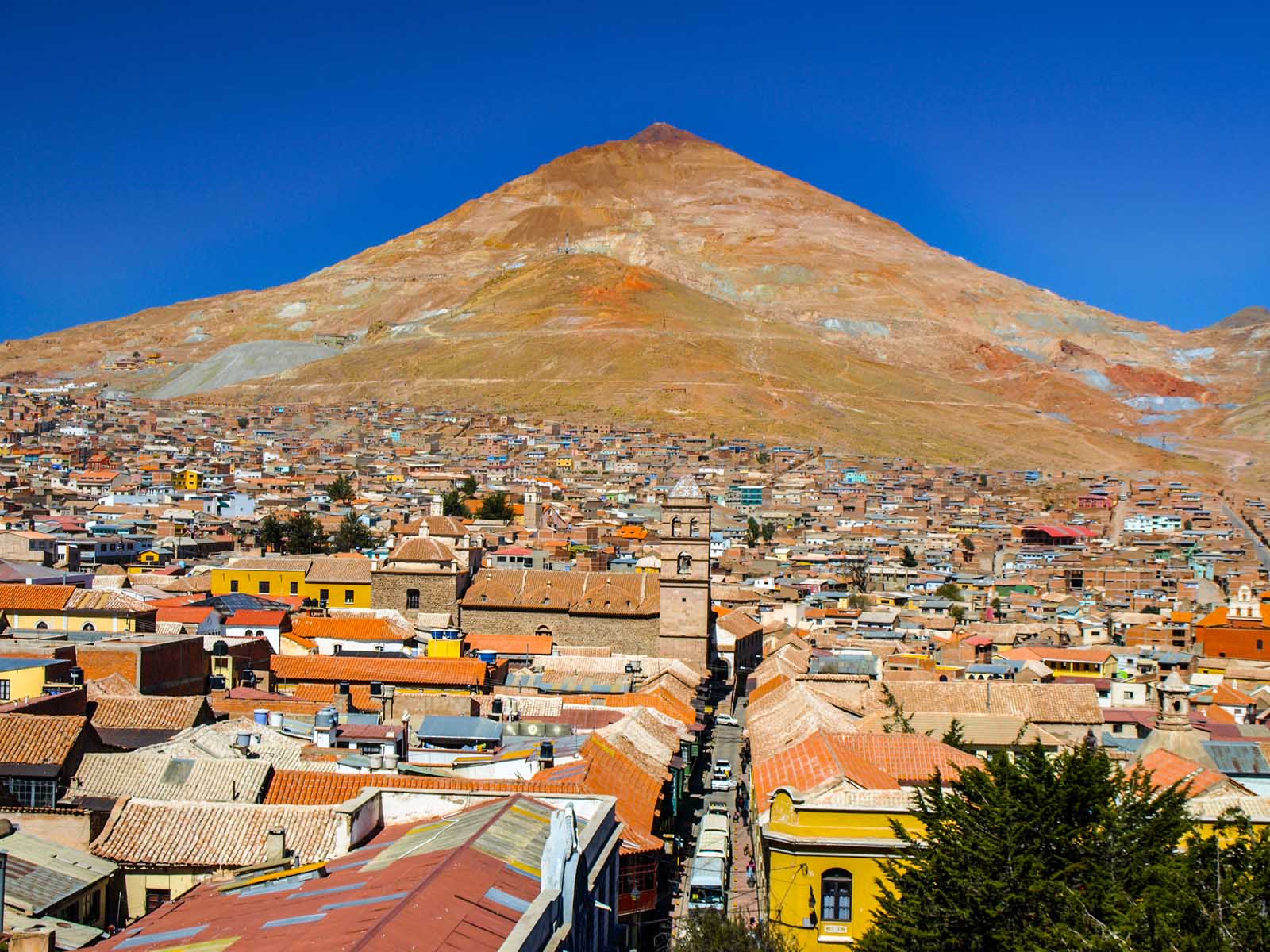
Bolivia is home to several UNESCO World Heritage Sites, including the historic city of Potos and the Jesuit Missions of Chiquitos. These sites offer a glimpse into Bolivia’s rich history and cultural heritage, making them essential stops for any visitor to this fascinating country.
Visiting these sites is a great way to learn more about Bolivia’s past.
23. The Bustling City of Santa Cruz
Santa Cruz, Bolivia’s largest city, is known for its vibrant nightlife, cultural attractions, and warm climate. From museums and galleries to bustling bars and clubs, Santa Cruz offers a lively atmosphere for visitors to explore and enjoy.
The city is home to a variety of cultural attractions, including the Santa Cruz Museum of Art.
24. El Alto: A City Above the Clouds
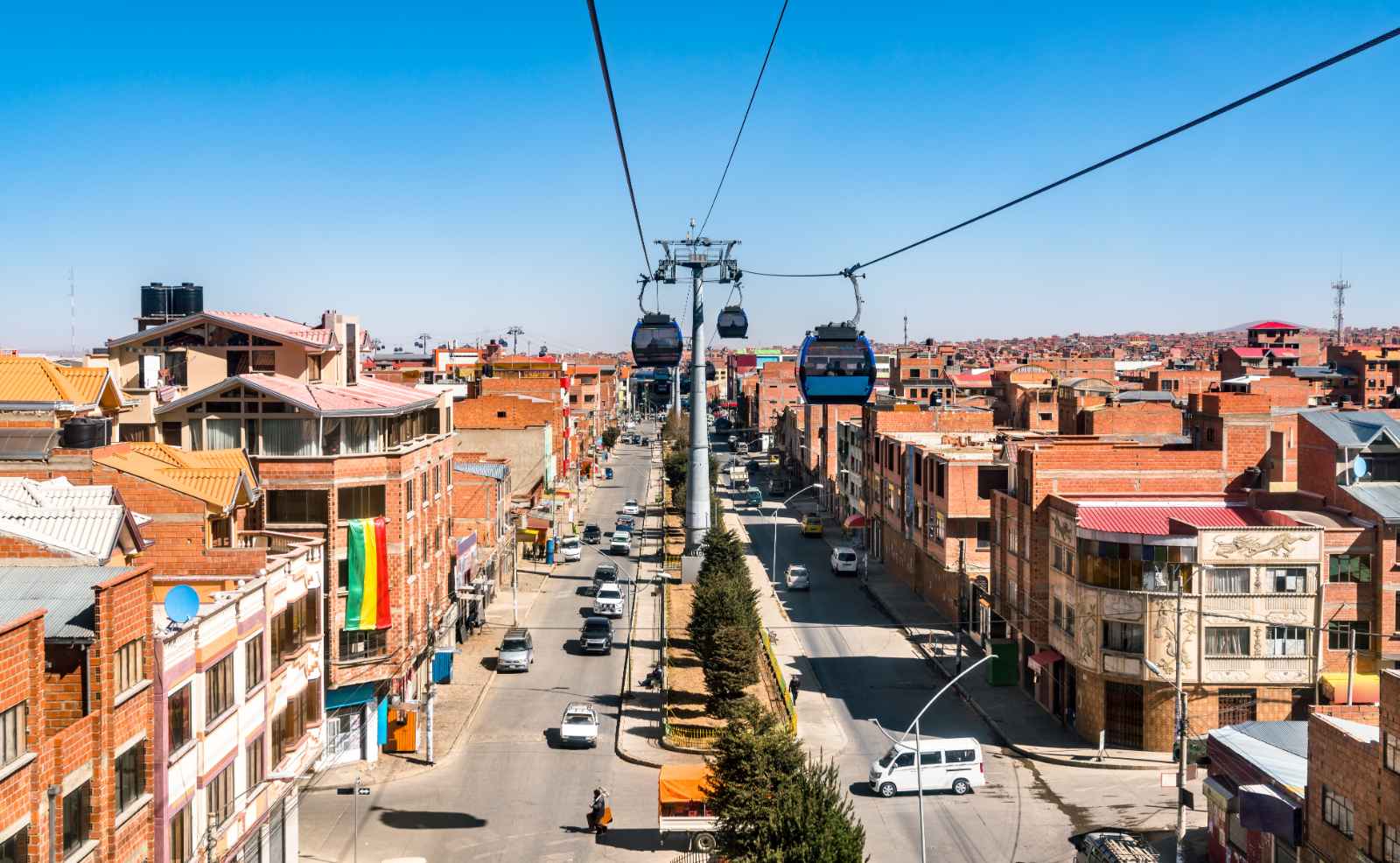
El Alto, located above La Paz, is one of the highest cities in the world. At an elevation of 13,615 feet (4,150 meters), the city offers stunning views of the surrounding landscape and a unique perspective on life in the high Andes. The city is home to a vibrant culture, with a mix of traditional and modern influences.
Frequently Asked Questions
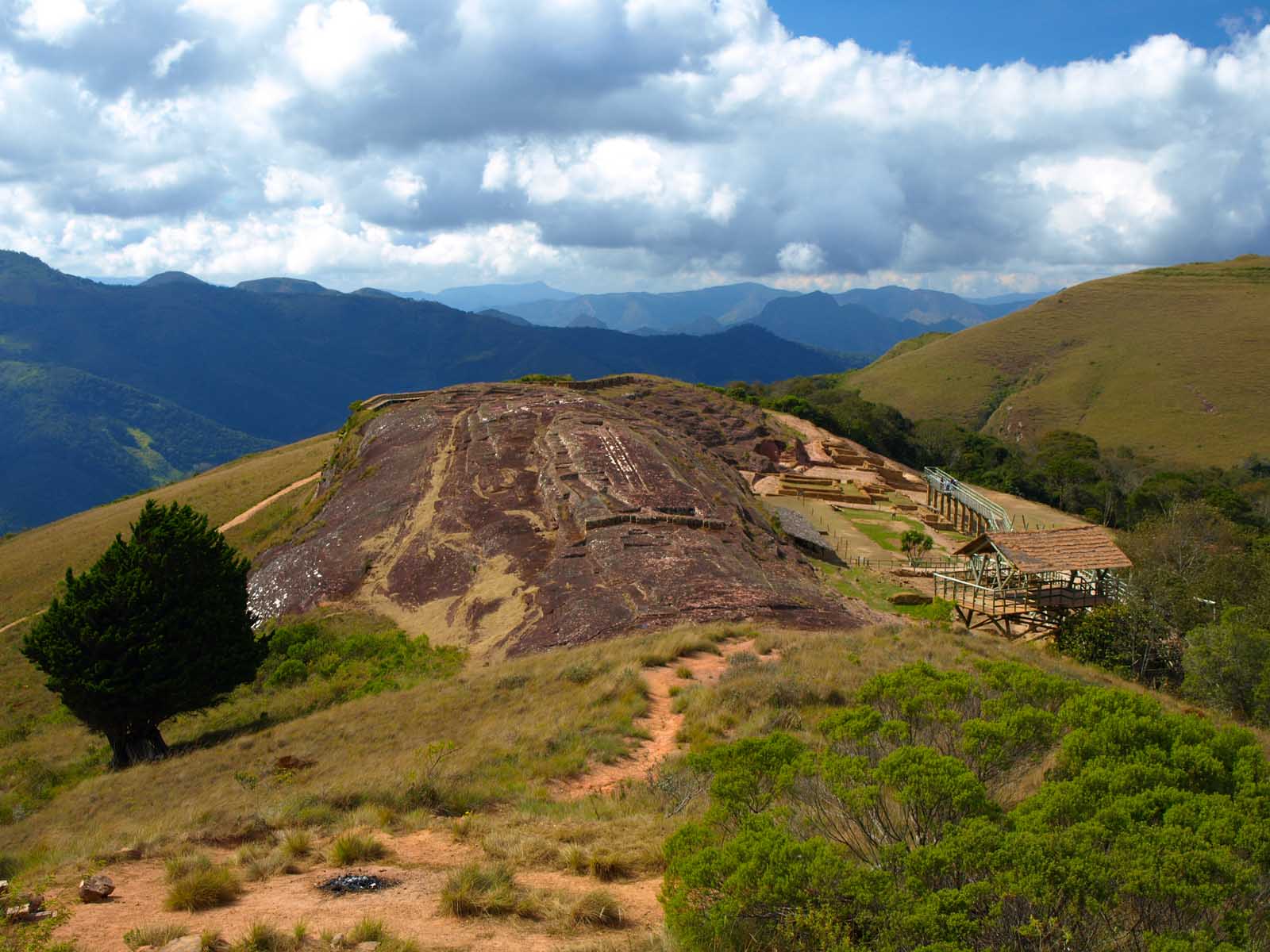
What is a fast fact about Bolivia?
Bolivia is a landlocked South American country and the highest on the continent. It shares control of Lago Titicaca, the world’s highest navigable lake, with Peru. Bolivia also has two capital cities, Sucre and La Paz, the highest capital city in the world at 3,650 m/ 11,975 ft. Additionally, Salar de Uyuni, which sits in the southwest of the country, is the world’s largest salt flat.
What is Bolivia famous for?
Bolivia is known for its rich culture, colonial architecture, and stunning nature, including the Salar de Uyuni salt flat, the world’s largest at 10,000 square kilometers. It is also surrounded by five prominent South American countries.
What are some interesting facts about the history of Bolivia?
Bolivia was once called “Upper Peru” during Spanish colonial rule before it gained its independence in 1825. It was colonized by the Spanish in the early 1500s who sought after gold and resources. The country was later named after liberator Simon Bolivar.
What is the most widely spoken language in Bolivia?
Spanish is the most widely spoken language in Bolivia, with around 60% of the population speaking it as their first language.
What are the two capitals of Bolivia?
The two capitals of Bolivia are La Paz, the administrative capital, and Sucre, the official capital.
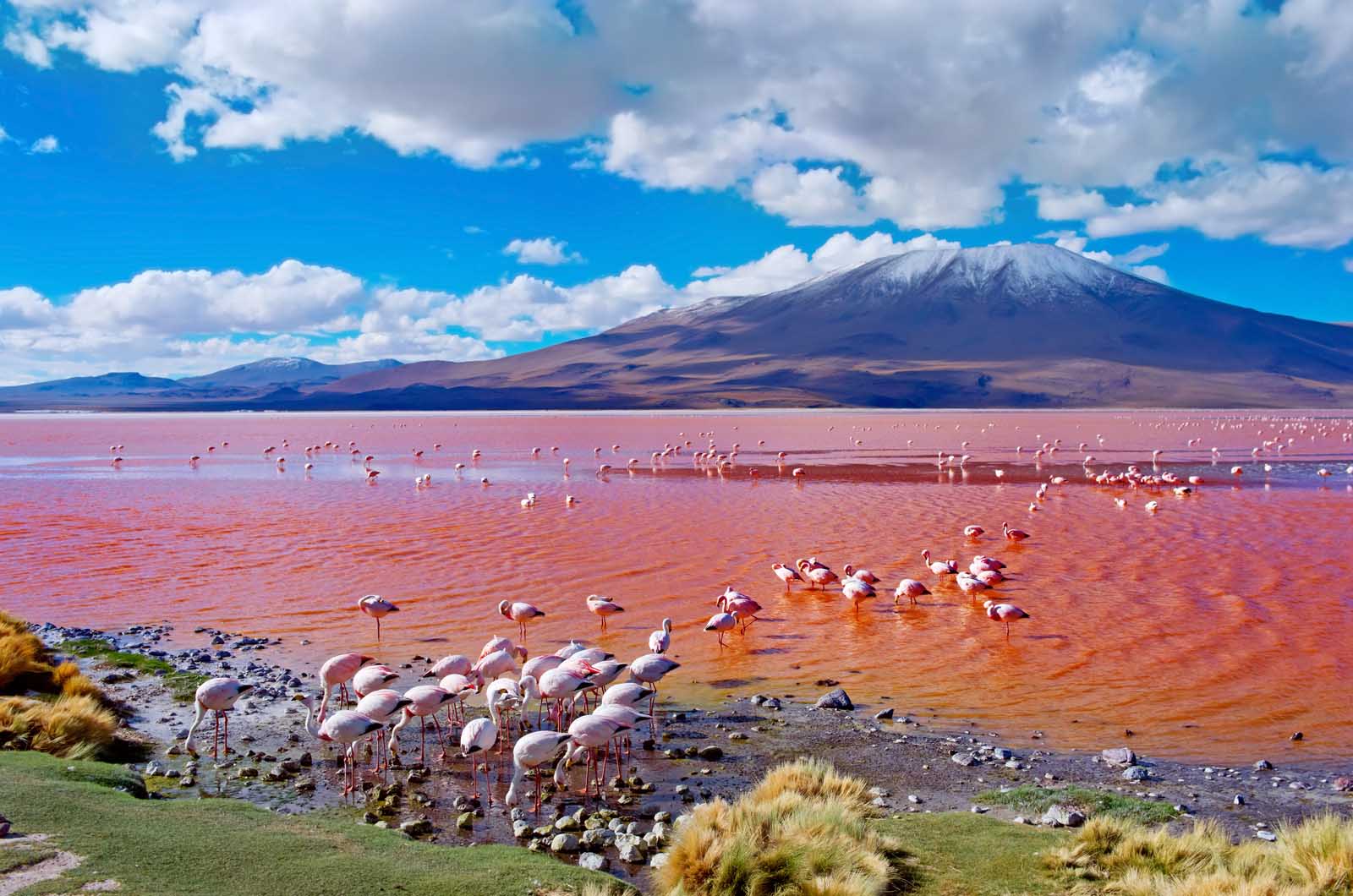
From its rich cultural heritage and breathtaking landscapes to its unique traditions and vibrant cities, Bolivia is a country that never ceases to amaze. We hope this collection of 24 fascinating facts has inspired you to discover more about this incredible country and perhaps even plan your own visit to experience its wonders firsthand.

